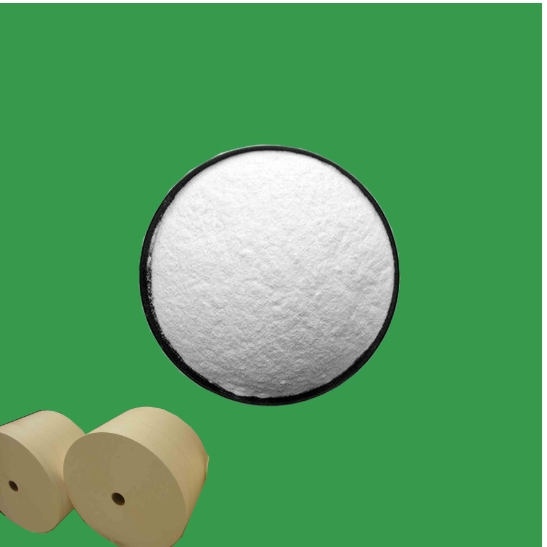
ធ្នូ . 05, 2024 08:58 Back to list
Lithopone Pigment Pricing and Manufacturer Information for Buyers and Suppliers
Lithopone Pigment Understanding the Price Trends and Manufacturer Insights
Lithopone, a zinc sulfide and barium sulfate composite pigment, has gained prominence in various applications due to its excellent opacity, brightness, and durability. Commonly used in paints, coatings, plastics, and other materials, lithopone offers a white pigment alternative that is less expensive than titanium dioxide (TiO2), yet not as widely known. As industries continue to seek cost-effective and high-quality materials, understanding the pricing and sourcing of lithopone pigment becomes paramount for manufacturers and consumers alike.
The Composition and Benefits of Lithopone
Lithopone primarily comprises two key components zinc sulfide (ZnS) and barium sulfate (BaSO4). The composition allows lithopone to deliver outstanding properties such as high whiteness, excellent hiding power, and resistance to alkali and acid. It is particularly favored in applications that require a white base, such as paints, where good coverage and brightness are essential.
One of the most significant advantages of lithopone over titanium dioxide is its cost-effectiveness. As industries look for budget-friendly options while maintaining quality, lithopone serves as an appealing alternative, especially in lower-end applications where the properties of TiO2 may not be entirely necessary.
Current Price Trends for Lithopone Pigment
The pricing of lithopone pigment fluctuates based on several factors, including raw material costs, production processes, and market demand. As of recent data, lithopone prices vary widely based on purity, type (such as lithopone 28 or lithopone 50), and the source of the manufacturer.
Typically, the price range for lithopone pigment might fall between $1,500 to $3,000 per metric ton, depending on the above factors. For instance, higher purity grades, which are suitable for premium applications in coatings and plastics, tend to price towards the higher end of the spectrum. In contrast, lower grades that are suitable for more practical applications, such as filler material or in less demanding paint formulations, can be found at more competitive prices.
Moreover, fluctuations in global supply chains, particularly in supply sources like China and India, have impacted lithopone pricing. These countries lead in both production capacity and export volumes, making them pivotal players in the global lithopone market. Recent disruptions due to trade policies or environmental regulations in these regions can affect supply and, consequently, prices.
lithopone pigment pricelist manufacturer

Manufacturer Perspectives and Sourcing Considerations
When looking to source lithopone pigment, it is crucial for manufacturers to consider their specific application requirements alongside price. Working with established manufacturers can provide numerous advantages, including consistent quality, reliable supply chains, and technical support.
Several manufacturers dominate the lithopone market, each offering various grades and formulations designed for different applications. It’s essential to evaluate their credentials, customer feedback, application history, and certifications to ensure the best sourcing decisions.
In addition to examining the price and quality, manufacturers should consider the logistical aspects involved in sourcing lithopone. Transportation costs, import tariffs, and lead times can significantly impact the final price and availability of the pigment. As a result, forming partnerships with local distributors or exploring regional suppliers can help mitigate some of these costs.
Future Outlook for Lithopone Pigment Market
Looking ahead, the lithopone pigment market is expected to evolve due to shifting trends in sustainability, regulatory mandates, and innovations in product formulations. As industries increasingly pivot towards environmentally friendly options, manufacturers are exploring ways to enhance lithopone through eco-friendly processing and application methods.
Furthermore, the growing market for lightweight materials in construction and automotive industries may provide new opportunities for lithopone. Its characteristics allow for the development of lighter and more durable products, which aligns with the industry's push for efficiency and reduced environmental impact.
In conclusion, understanding lithopone pigment pricing and the landscape of manufacturers is essential for navigating the pigment market effectively. As the demand for high-performance, cost-effective materials rises, staying informed about current trends and sourcing strategies will prove beneficial for businesses looking to leverage lithopone pigment in their product offerings.
-
High Quality China Black Iron Oxide Powder Supplier Competitive Price & Fast Delivery
NewsJul.08,2025
-
High Quality Titanium Dioxide Used in Rubber – Trusted Supplier & Factory Price
NewsJul.08,2025
-
High Purity Barium Sulfate Particle Size - Wholesale Manufacturer from China
NewsJul.07,2025
-
Premium Titanium Dioxide Lomon R-996 Supplier – Quality & Wholesale Price from China
NewsJul.07,2025
-
Top Titanium Manufacturers in China - Quality Titanium Dioxide Supplier & Production Line Solutions
NewsJul.06,2025
-
OEM Titanium White Supplier & Factory – High Purity, Consistent Quality for Industrial Use
NewsJul.06,2025
